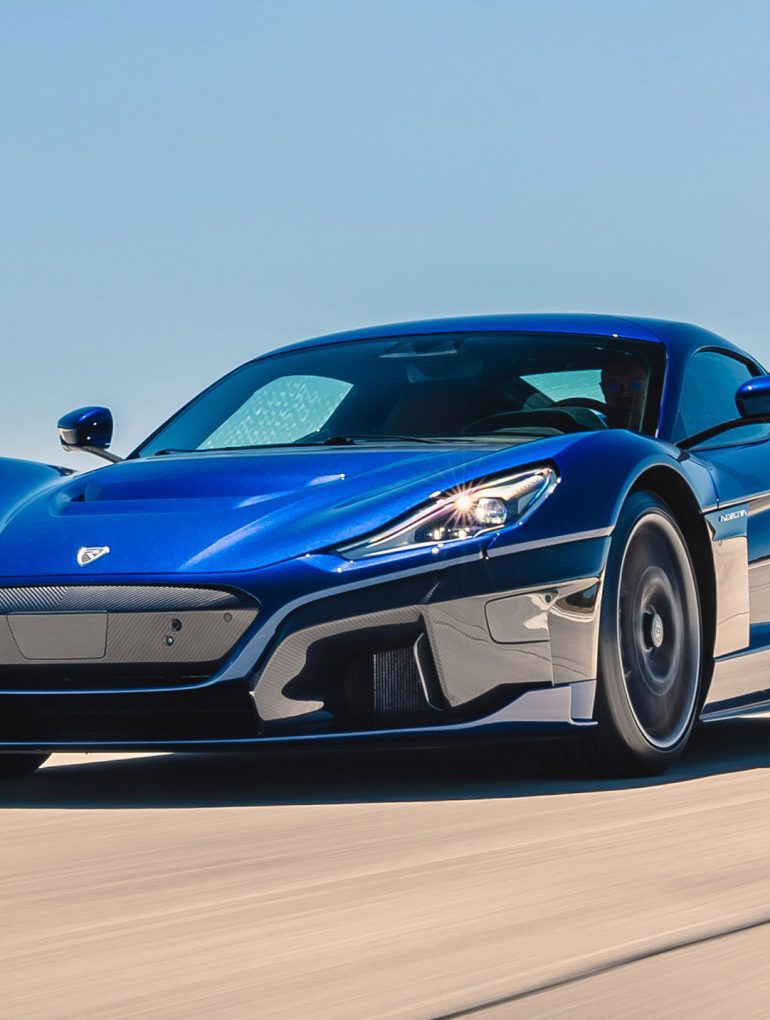There’s no shortage of adequate supercars in the industry. Carmakers devote significant time and resources to harnessing available technology to create performance machines that do all that’s asked of them. But every once in a while, a particular car comes along that is simply exceptional. The best supercars throughout history have been unicorns that pushed against the boundaries of automotive technology and innovation to deliver the ultimate adrenaline high behind the wheel.
These are supercars that shake up existing standards and blaze trails for others to follow. They include cars like the Porsche 959, McLaren F1, or Bugatti Veyron, which are so extreme in terms of performance, power, and price that they either kickstart a new automotive trend or, in some cases, spawn an entirely new class of cars. This list is not exhaustive, but it does showcase some of these game-changing supercars that sent shockwaves through the automobile industry.
Supercar #10: Porsche 959
The Porsche 959 is the first in Porsche’s line of flagship supercars that includes the Carrera GT and, most recently, the 918 Spyder. It had its debut in 1983 as a prototype, but various delays meant first customer deliveries of the road-going variants did not start until 1987. The delays resulted from Porsche’s desire to create something never seen before in the automobile industry.
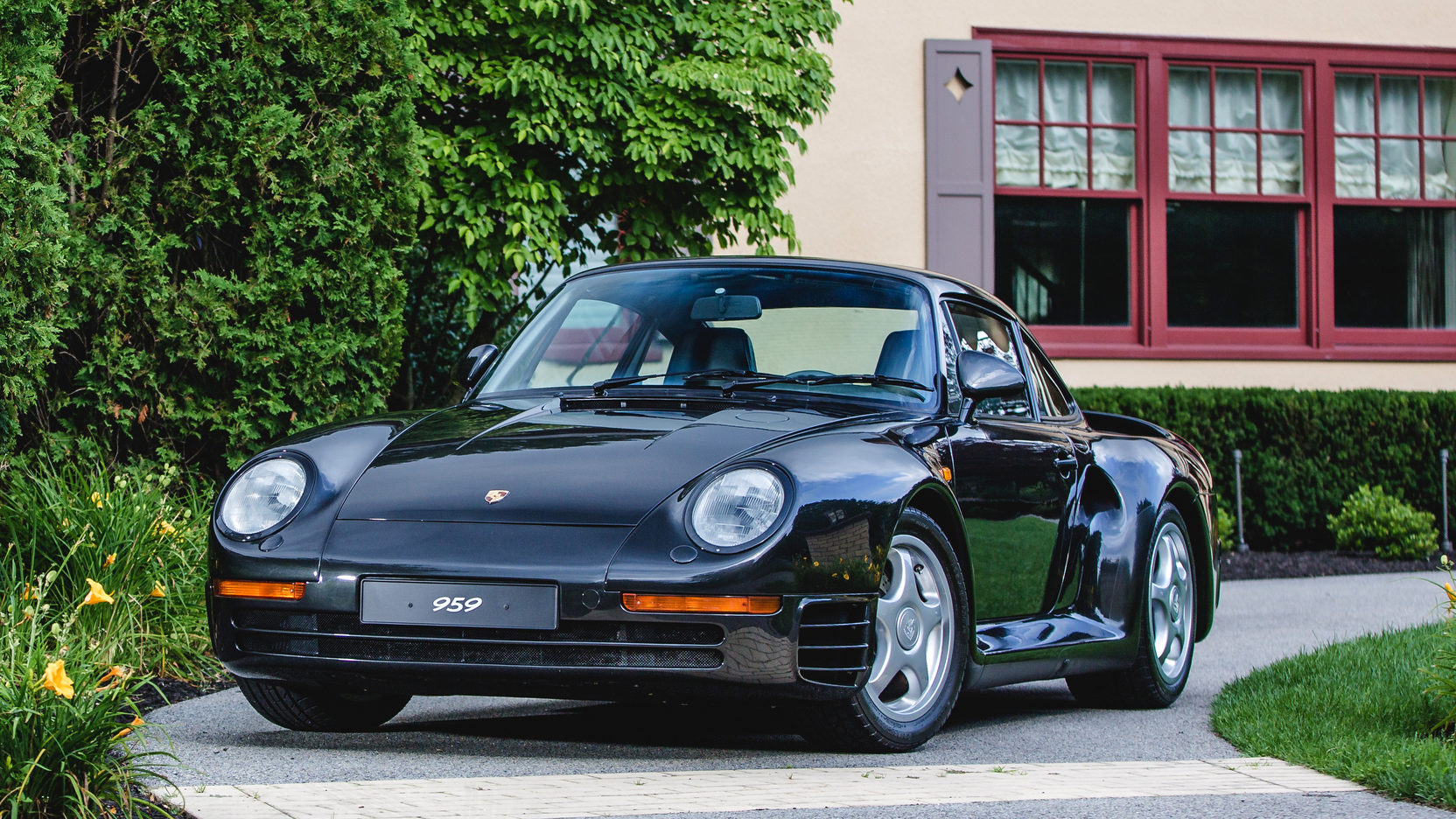
This German supercar boasted a raft of innovative technologies and was undeniably one of the automotive icons that emerged during the ‘80s. An adjustable ride height, carbon-kevlar construction, active aerodynamics, lightweight hollow wheels, and adjustable suspension dampening were just some of the revolutionary features found on the Porsche 959. It all made for a complicated setup that required a total of seven onboard computers to manage at a time when most other vehicles had just one—if they had any at all.
The original intention behind the car’s development was participation in the Group B racing series, but that racing program was canceled in 1986 before the 959 had any real chance to stretch its legs. However, it was still able to race at the 1986 Paris-Dakar rally, where it clinched the first two positions (and the sixth, for good measure). Away from the racing circuits, the road-legal 959 was also one of the fastest production cars, bested only by the legendary Ferrari F40.
Supercar #9: Ferrari F40
The Ferrari F40 may have been less advanced than the Porsche 959, but it was infinitely more popular. Created to celebrate Ferrari’s 40th anniversary, the F40 was the poster car for an entire generation of car enthusiasts.
Everything about the car was geared towards performance. Creature comforts were, therefore, furthest from the minds of the designers and engineers. As such, they ditched items like carpets, door trims, and a radio.
Not even the door handles were spared. The US-bound F40 supercars got an air-conditioning system only because it would have been otherwise impossible to sit in the sweltering cabin. Driver aids like power steering and ABS were also noticeably absent.
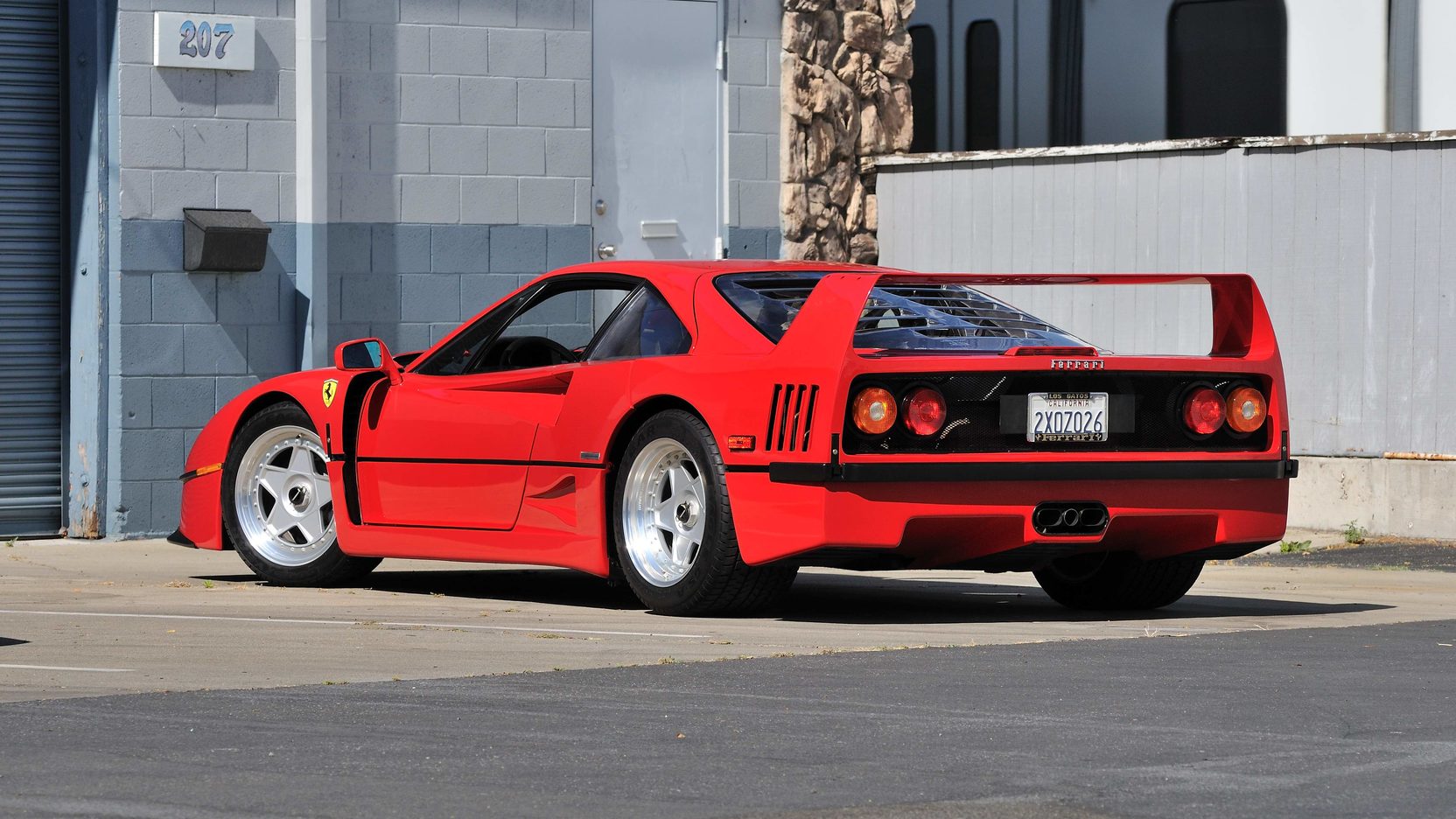
The flipside of all these compromises was a brutally focused, high-performance auto that demanded all of the driver’s attention. The F40 had a blistering turn of pace, too. In 1987, it became the first production car to crack the mythical 200mph speed barrier.
That feat quickly attracted the attention of other carmakers. The F40 was soon joined in its elite club by vehicles like the Jaguar XJ220, Bugatti EB110, RufCTR Yellowbird, and the famous McLaren F1.
Supercar #8: McLaren F1
Even today, we still speak of the imperious McLaren F1 supercar with a sense of awe and reverence. This British beast, designed by the legendary Gordon Murray, completely rewrote the supercar rule book.
It’s still one of the fastest naturally-aspirated cars ever made, and some of the technology it pioneered for road-going cars is still in use today. The McLaren F1 is widely regarded as the first production car to use a complete carbon fiber reinforced polymer (CFRP) monocoque chassis structure.
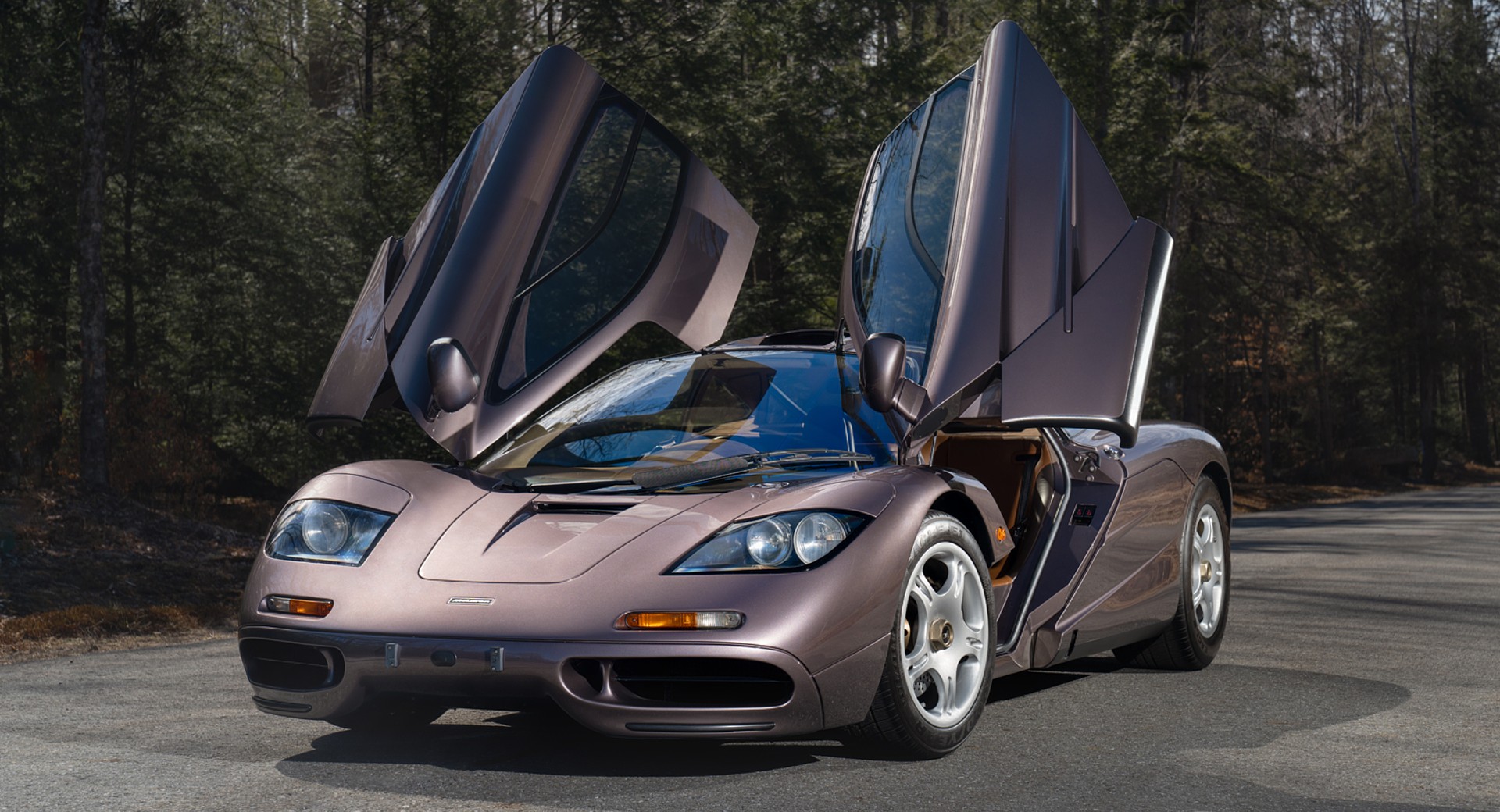
That carbon fiber monocoque has since been used on every other McLaren, in one form or the other. Pagani, Koenigsegg, and Bugatti are examples of other carmakers using carbon fiber monocoque in their supercars. The material helps save weight while offering high stiffness and strength at the same time.
Another unique feature of the McLaren F1 was the gold foil lining in the engine bay. This is not a fashion statement; gold is an excellent reflector of heat and helps keep the heat generated by the BMW-sourced 6.1-liter V12 away from the fuel cell.
Supercar #7: Jaguar XJR-15
The McLaren F1 might have pioneered using a carbon-fiber monocoque, but the little-known Jaguar XJR-15 was the first production car constructed entirely from carbon fiber. The car had a production run of 53 units and was manufactured by JaguarSport, a subsidiary of Jaguar and Tom Walkinshaw Racing. The intention behind using carbon fiber was straightforward: make the car as light as possible and maximize the 450 hp power output from the 6.0-liter V12 engine.
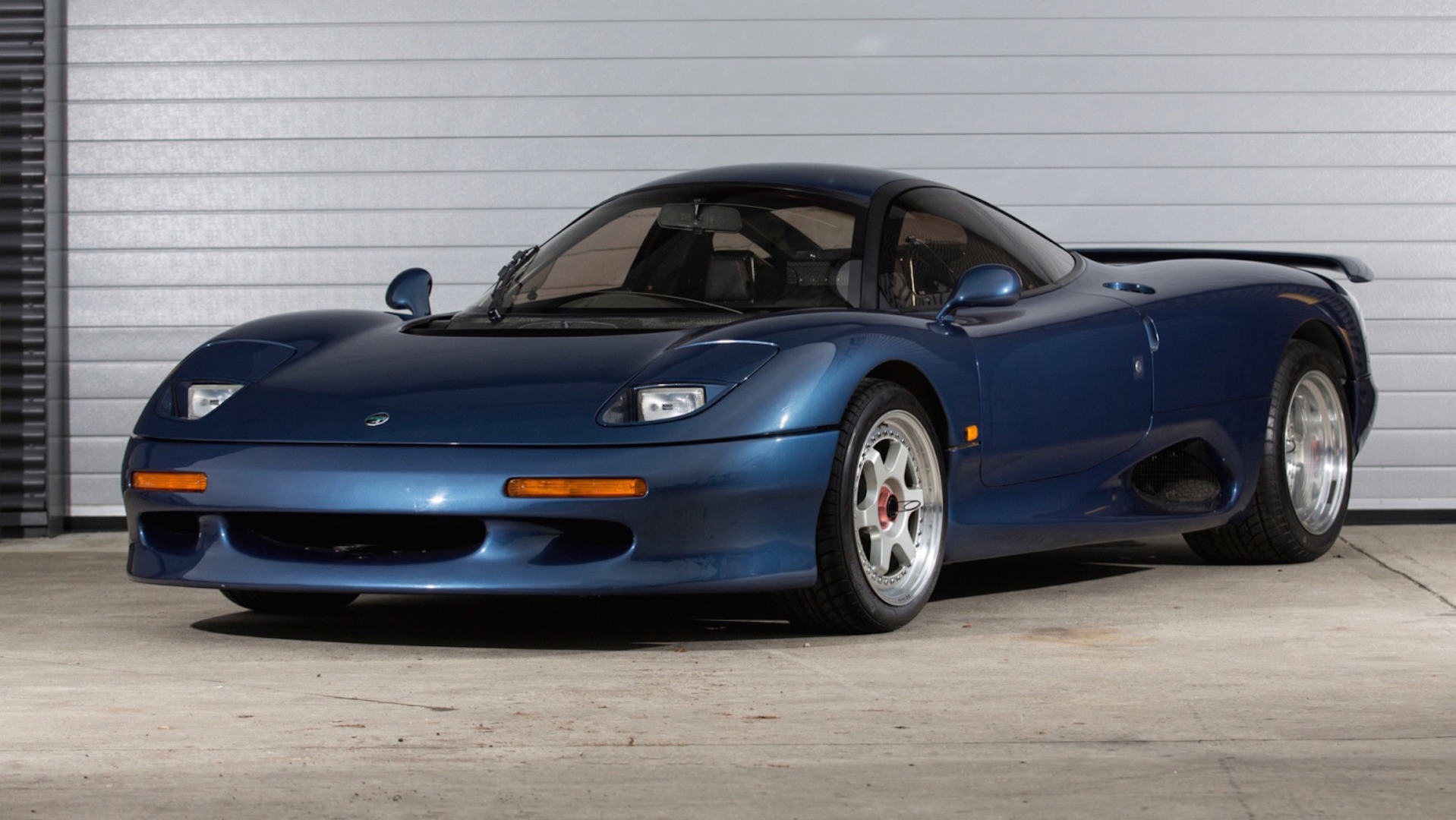
The Jaguar XJR-15 weighed just 2,341 pounds and needed only 3.2 seconds to hit 60 mph. It could continue accelerating until it peaked at a maximum speed of 191 mph. It did not take long for the carbon fiber idea to catch on in the industry, and today, there’s hardly any carmaker that does not use carbon fiber in some form during the manufacturing process.
Supercar #6: Lamborghini Miura
Heralded as the first true supercar, the Miura impressed with its sleek lines and low-slung profile upon its debut at the 1966 Geneva Auto Show. However, aesthetics were only a small part of why the car was such a game-changer for the raging bull brand.
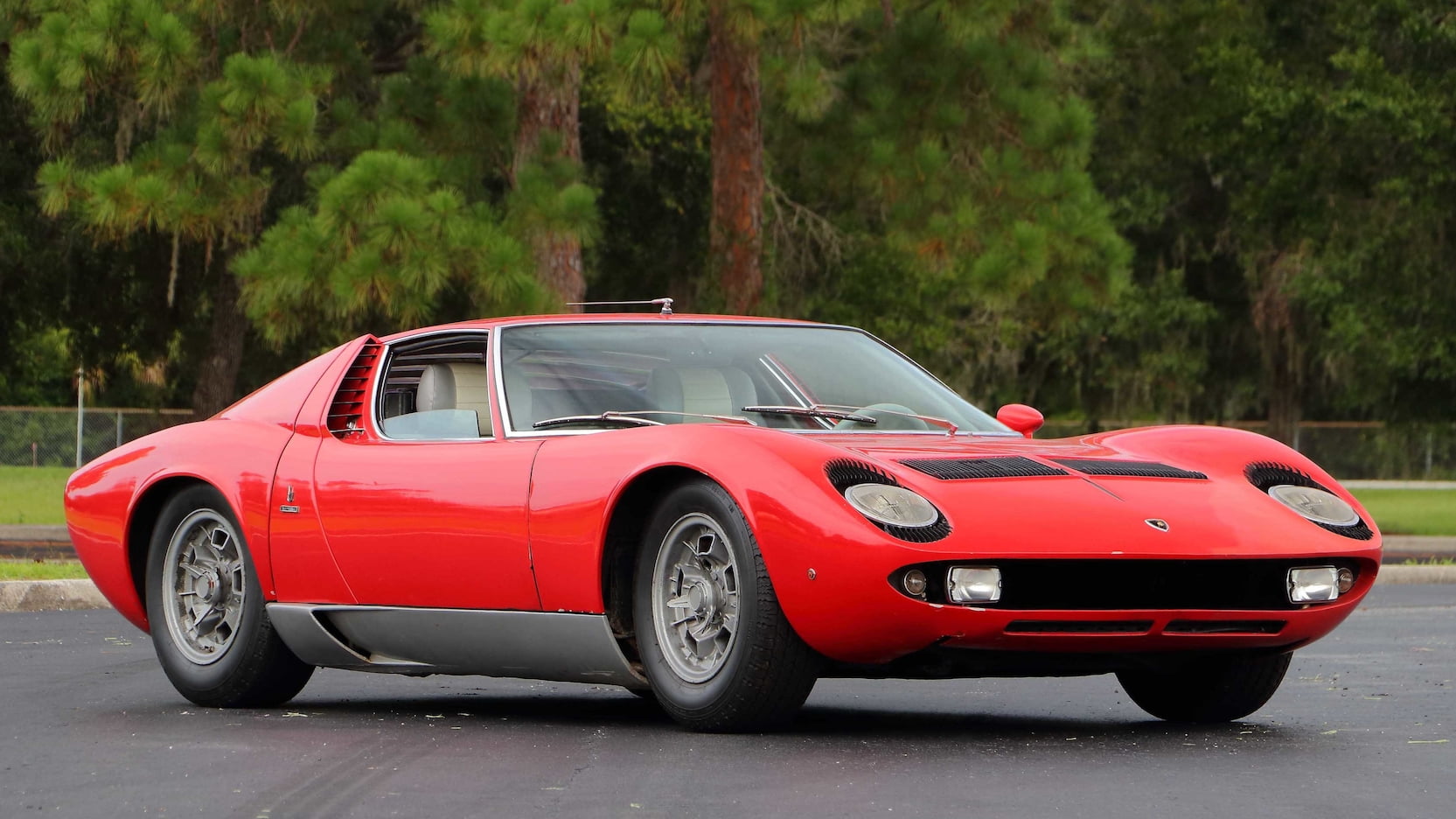
Lamborghini engineers broke with tradition and opted for a transverse, mid-mounted V12 engine positioned just behind the cockpit in designing the Miura. It improved the Miura’s silhouette and gave the car excellent weight distribution and superior handling. The Miura was the first supercar with this engine placement, but it soon kickstarted a widespread industry trend that continues to this day.
Supercar #5: Honda NSX
Honda stunned the car community when it released the first-generation NSX. Here was a car that decisively challenged assumptions about the affordability of supercars. It was also easy and fun to use, with reliability levels that made it ideally suited to the demands of daily driving—and that was just the beginning.
Honda cut no corners in developing their supercar. The company relied on extensive consultation from Aryton Senna—one of Formula One’s greatest names—to create something truly magical.
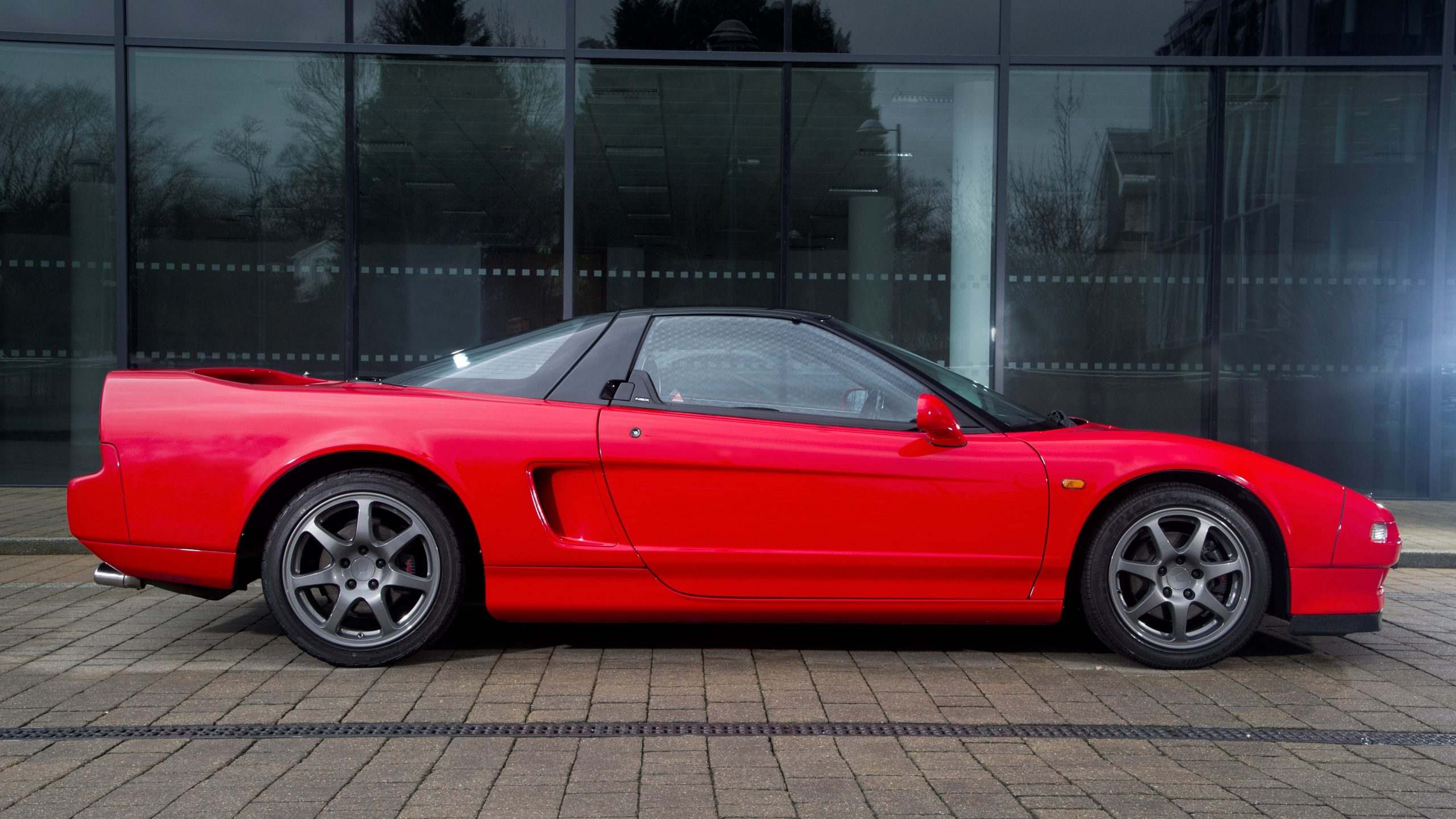
The car’s list of innovations includes the world’s first all-aluminum body, the first-ever independent 4-wheel ABS on a production car, electronic power steering, titanium connecting rods, and variable valve timing. Few vehicles could match that level of sophistication and functionality at the time. It’s no wonder then that the car is still highly sought after today by collectors and car purists.
Supercar #4: Porsche Carrera GT
In 2004, shortly after its official launch, the Carrera GT was awarded the ‘Engineering Excellence of the Year’ award at the 34th Annual Innovation Awards Program. The event is hosted annually by the Automotive Division of the Society of Plastic Engineers to recognize breakthrough engineering feats. The Carrera GT earned praise for its carbon fiber reinforced plastic engine frame (CFRP) and ceramic composite clutch plate, a first in the automotive industry.
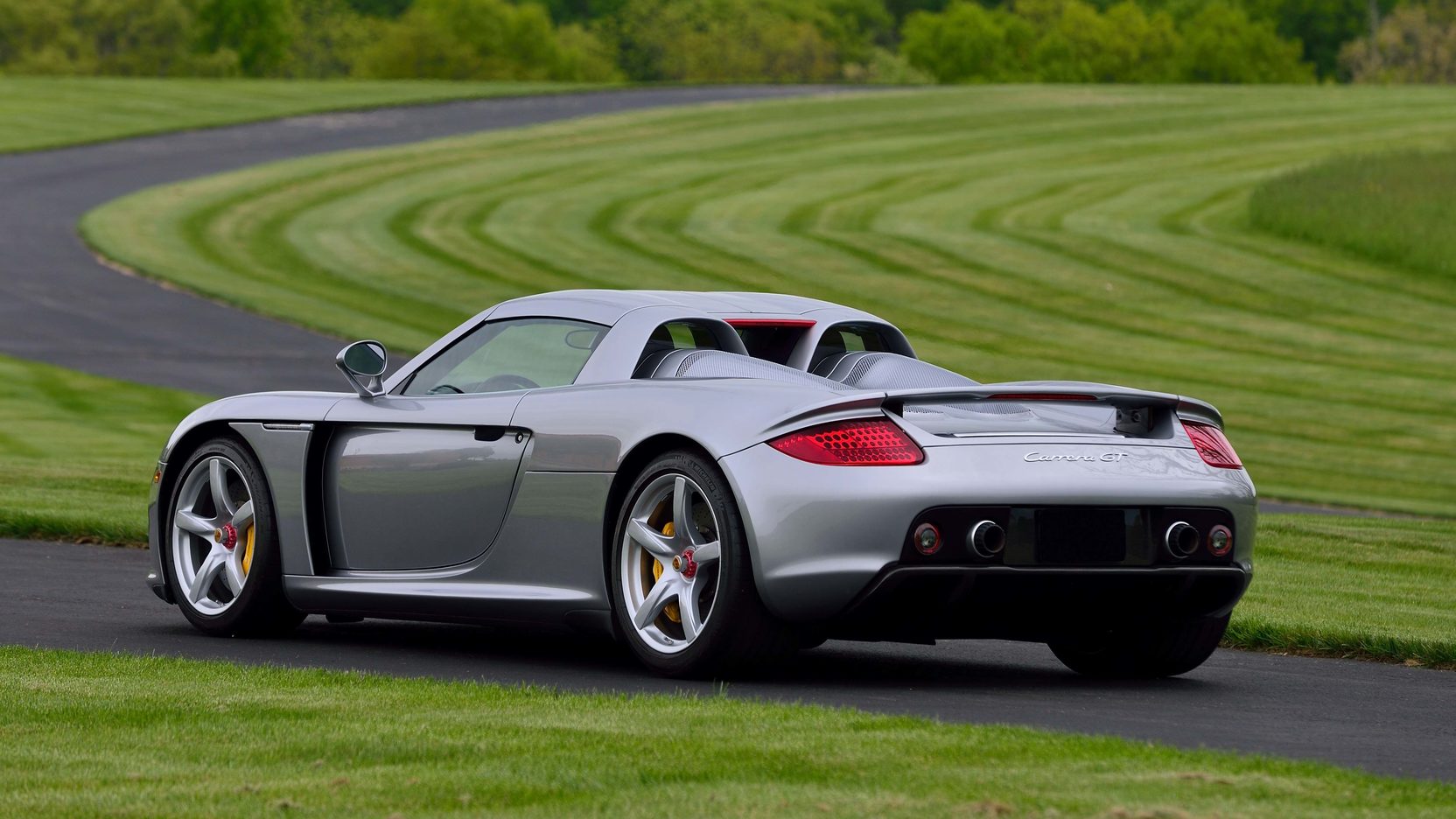
The carbon fiber engine frame was one of several critical weight-saving measures implemented for the car. The Carrera GT also pioneered the use of forged magnesium wheels, saving up to 25% in weight compared to aluminum alloy wheels without compromising durability. Meanwhile, the ceramic clutch plate offered a much longer lifespan than other alternatives, amongst other advantages.
It required skilled hands at the wheel to exploit the full extent of the Carrera GT’s tech, and those who qualified were rewarded with a driving experience unlike anything else on the road at the time. Even today, the Carrera GT, with its awesome-sounding V10 power plant, remains the stuff of legend.
Supercar #3: Bugatti Veyron
Financial hardships forced Bugatti into bankruptcy in 1995—but three years later, the Volkswagen Group stepped in and acquired the brand, injecting new life into the company. The company busied itself developing concepts for the next couple of years, displaying them at various auto shows.
Then in 2005, the first production model under Volkwagen ownership was unveiled—the formidable Bugatti Veyron, with an 8.0-liter W16 engine and four turbochargers. That power plant squeezed out 1,001 metric horsepower and was enough to propel the 2-ton behemoth to a top speed of 253.51 mph, a world record for production cars at the time.
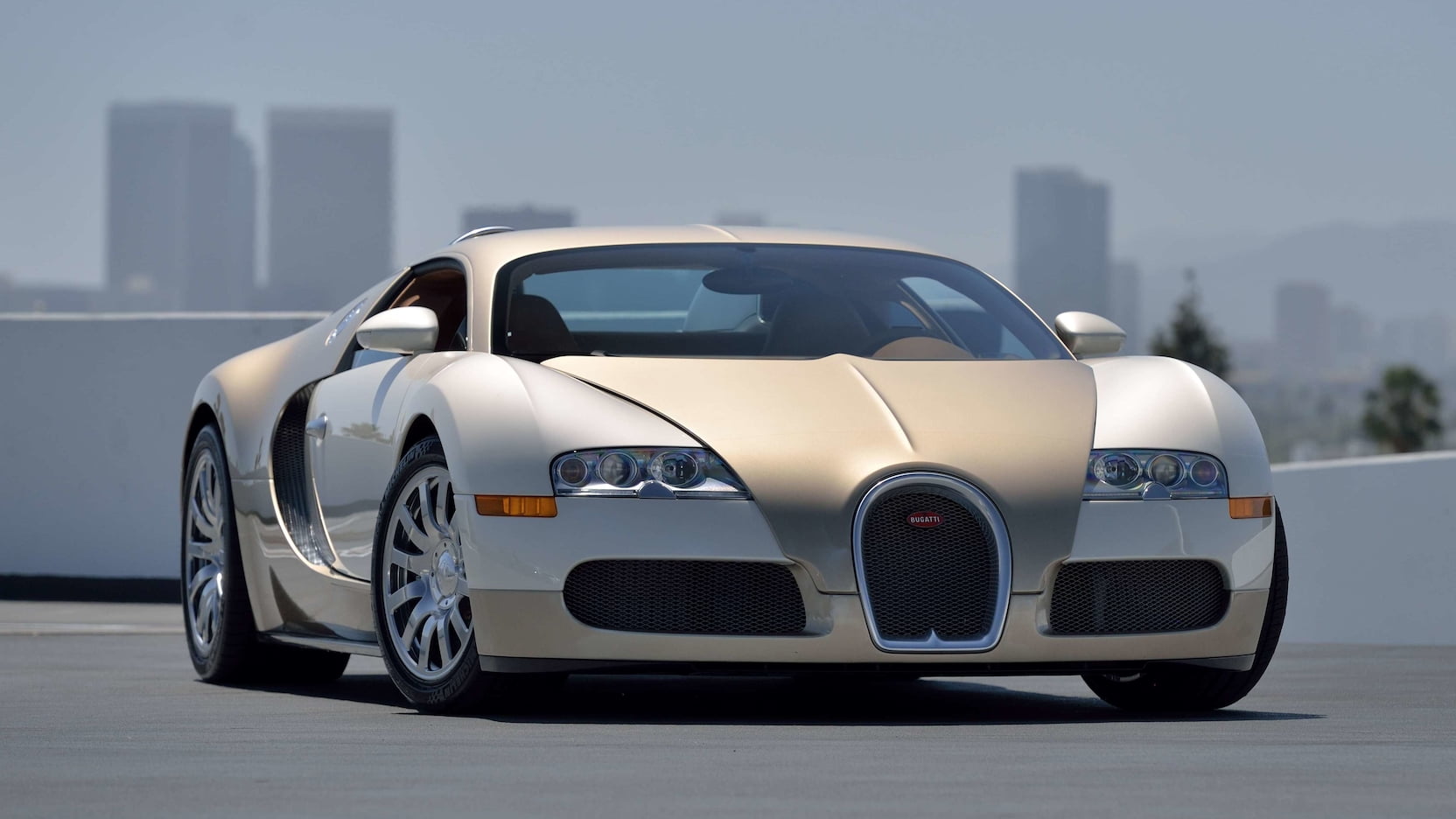
A total of 450 Veyrons were built (including the different variants) over ten years. The Veyron’s speed and acceleration were its main strengths and gave it bragging rights over competitor offerings. It ushered in a new era of obsession with horsepower and speed. It was not long before other carmakers like Hennessey and Koenigsegg responded with road rockets of their own to challenge for the title of the ultimate speed king.
Supercar #2: Ferrari LaFerrari
The lads at Ferrari weren’t mucking around when they named their flagship model ‘LaFerrari’ back in 2013. That name simply translates to ‘The Ferrari’ and was meant as a clear statement of intent. Then-Ferrari Chairman Luca Cordero di Montezemolo said, ‘We chose to call this model LaFerrari because it is the finest expression of our company’s unique, unparalleled engineering and design know-how, including that acquired in Formula One.’
The LaFerrari represented the peak of the brand’s engineering excellence at the time and was a worthy rival to anything competitors had to offer, including the McLaren P1 and Porsche 918 Spyder.
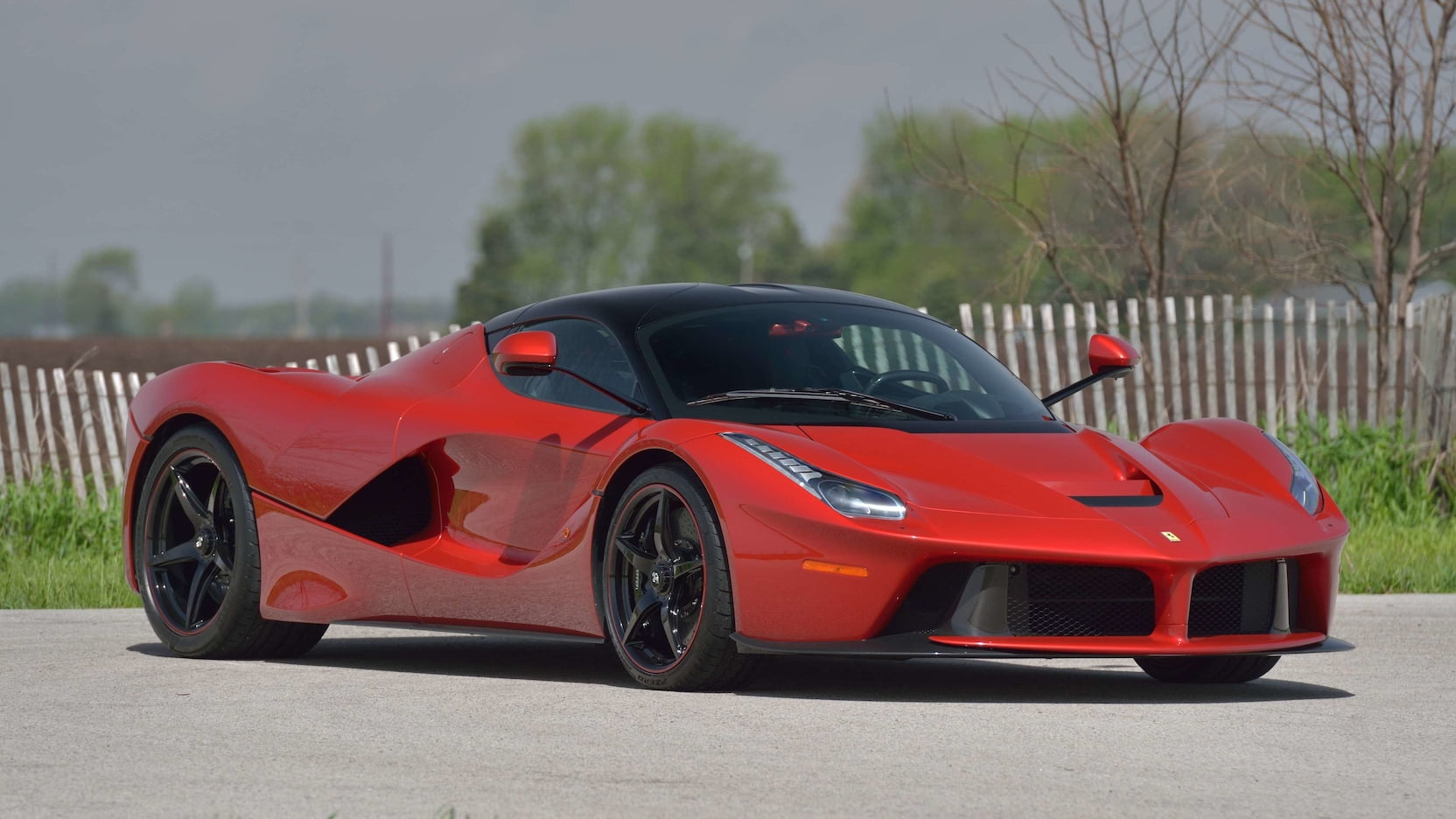
A highlight of the LaFerrari was its Formula One derived HY-KERS hybrid setup. This system consisted of an electric motor and a Kinetic Energy Recovery System (KERS) to complement the naturally aspirated V12 power plant.
The LaFerrari, together with fellow hybrid hypercars—the McLaren P1 and the 918 Spyder, commonly referred to collectively as the ‘Hypercar Trinity’—ushered in a new performance age in the automobile industry. The LaFerrari was also a testbed of sorts for technology that has now found its way, in some form or another, to Ferrari’s latest hybrid creation—the SF90 Stradale.
Supercar #1: Rimac Nevera
Yes, the production-spec Nevera was only unveiled earlier this year, and customer deliveries haven’t even begun. However, make no mistake: this Hyper-EV is already making big waves in the automobile industry—and this is only the beginning.
The car’s ground-breaking technology was enough to make Bugatti take notice and come calling. Their interest eventually resulted in a Bugatti-Rimac joint venture while Bugatti prepares for a future headlined by a new lineup of all-electric (or hybrid) high-performance vehicles. Pininfarina is another carmaker interested in Rimac’s technology, and they’re already using the company’s quad-motor powertrain in their hypercar—the Pininfarina Battista.
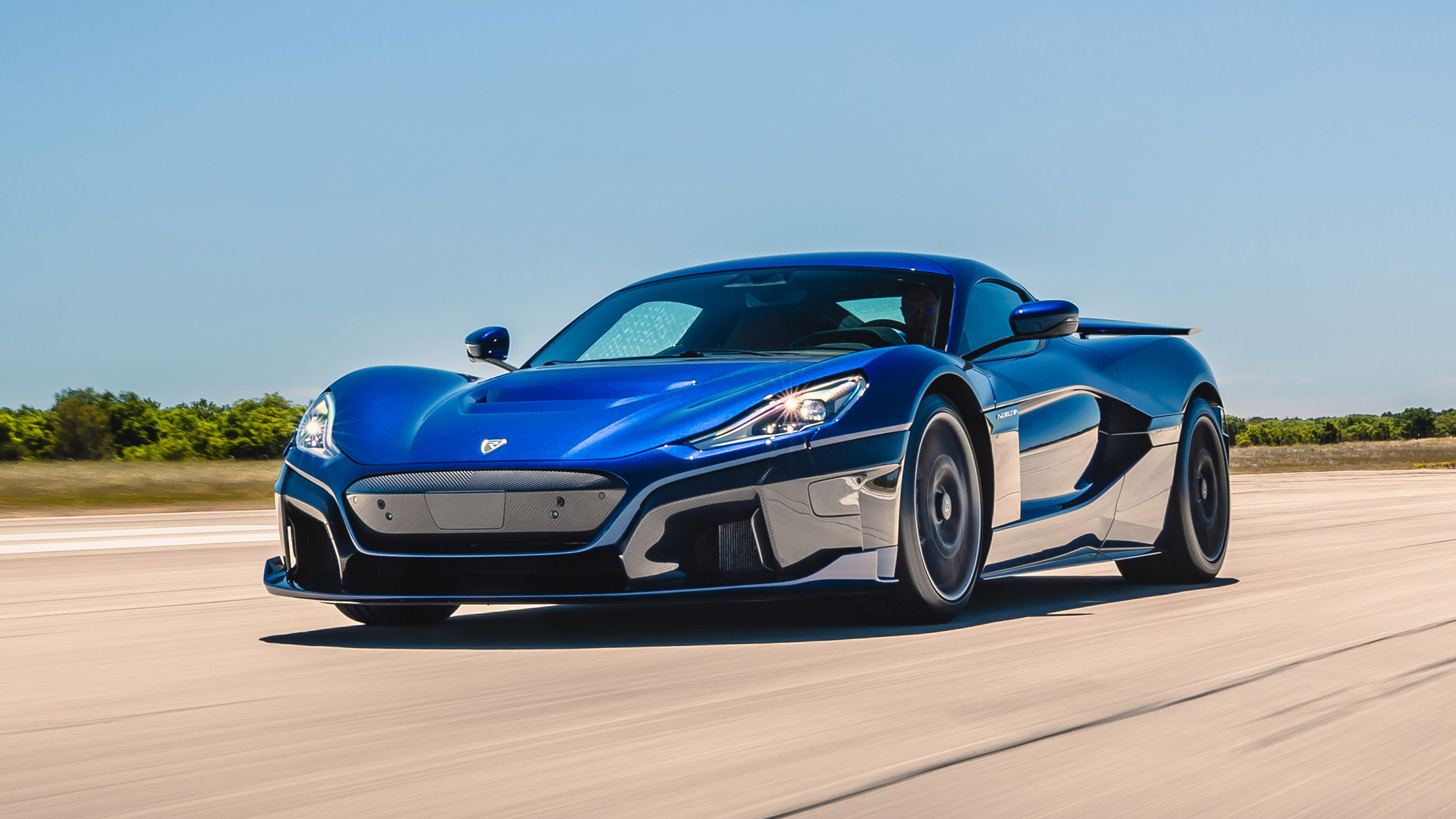
Mate Rimac, Founder and CEO of Rimac Automobili, said, ‘This is it. This is the car I had in mind when I embarked on the ‘impossible’ journey ten years ago. All our hard work has resulted in the Nevera – our record-breaking hypercar. This car was born to outperform and to raise the bar, redefining the norm for performance cars. And not only in performance—but as an all-around package.’
It’s hard to doubt his words. One of the car’s most exciting features is its unique torque vectoring system, capable of sending instant power to the wheel with the least amount of wheelspin. That, coupled with a 1,914-hp powertrain, has enabled the car to blitz its way to several speed records already, setting the stage for an enthralling future in the EV space as far as performance vehicles are concerned.


